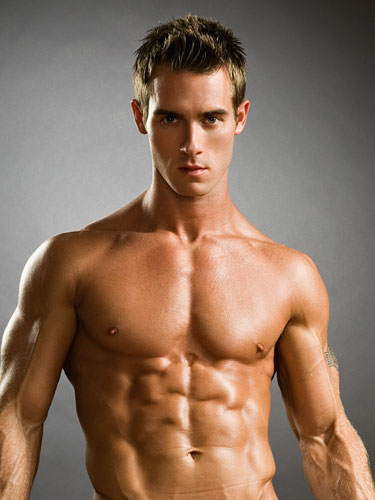When “The Good Place” celebrity Jameela Jamil arrived on the scene month that is last it absolutely was met with controversy surrounding her intentions and timing. But one factor that might have been eclipsed ended up being the effect this might have for queer South Asian Americans.
Numerous South Asian Americans treat queerness being an “otherness,” moving it well as an intangible concept that is western. But prominent LGBTQ numbers such as for example Jamil, “Queer Eye” celebrity Tan France and Lilly Singh, host of “just a little belated with Lilly Singh” offer relatability and representation, people in the city say. It really is this standard of euphoric excitement, at the very least in my situation and also at minimum for a few associated with the people who i am speaking with, around simply seeing people who seem like that and who their moms and dads could see and stay like, вЂWow, OK. So perhaps this might be thing this could be genuine,’” said Khudai Tanveer, account organizer when it comes to National Queer Asian Pacific Islander Alliance.
YouTube character Andy Lalwani, 24, informs NBC Information he seems motivated by France because he could be a man that is openly gay does not shy far from their tradition.
“I’m half Indian, and I also never really see lots of people nevertheless on the net that express that,” Lalwani stated. “So seeing many people that will connect with me personally, like Tan France, is the greatest instance because he additionally does bring plenty of that label down with exactly how individuals who are South Asian guys should dress, or should act.” Lalwani himself runs a YouTube channel with almost  10,000 followers, in which he said individuals get in touch with him simply because they think he’s busting stigmas, since the activity industry nevertheless usually illustrates Indian people as call center workers, health practitioners as well as other stereotypes.
10,000 followers, in which he said individuals get in touch with him simply because they think he’s busting stigmas, since the activity industry nevertheless usually illustrates Indian people as call center workers, health practitioners as well as other stereotypes.
“I think I gotten communications myself, and I also’m maybe not, you realize, because prominent as other folks like Lilly Singh among others into the news, but people are really reaching for the individual that they could relate with,” Lalwani stated.
LGBTQ dilemmas in South Asian countries
Gowri Vijayakumar, a professor that is assistant of and women’s, sex and sexuality studies at Brandeis University, makes the purpose that South Asian and South Asian US communities aren’t uniformly repressive associated with LGBTQ community, and therefore numerous strong social movements occur in South Asia now. But she additionally acknowledged the communities’ history of gender, sex and caste based repression.
Vijayakumar stated caste oppression has a history that is long Southern Asia, and managing sex is component of keeping caste boundaries. She noticed that Section 377 regarding the Indian Penal Code, which criminalized homosexuality until India’s Supreme Court hit it straight down in 2018, ended up being a direct result british law that is colonial. “I think if the British had been in India and Southern Asia, they looked at, you understand, for instance, transgender individuals for example of, you realize, intimate immorality, plus they actually desired to repress it,” Vijayakumar stated.
Representation: it really is complicated
Some additionally feel they need to choose one of this two identities either South Asian or queer, describes Nikhil Londhe, the chairperson for the bay area branch of Trikone, A south asian lgbtq nonprofit. Seeing individuals such as for example Singh, France and Jamil whom embody both helps spark conversations, he said.
“Growing up, I don’t even comprehend just just just what being homosexual meant,” Londhe said. “And the bigger representations that you’d see in movies would be these caricatures just that would basically either be preying on other males or be needlessly effeminate or perhaps added there for comic relief. Therefore I think additionally it is kind of undoing a lot of this harm, to be in a position to see individuals queer individuals as individuals, maybe maybe not on a specific functions.”